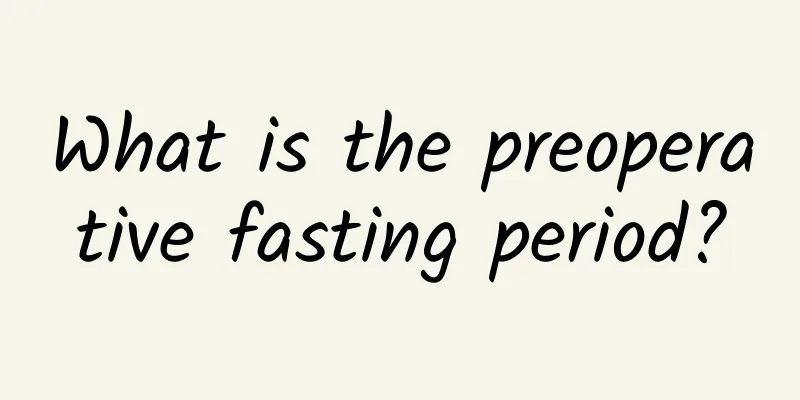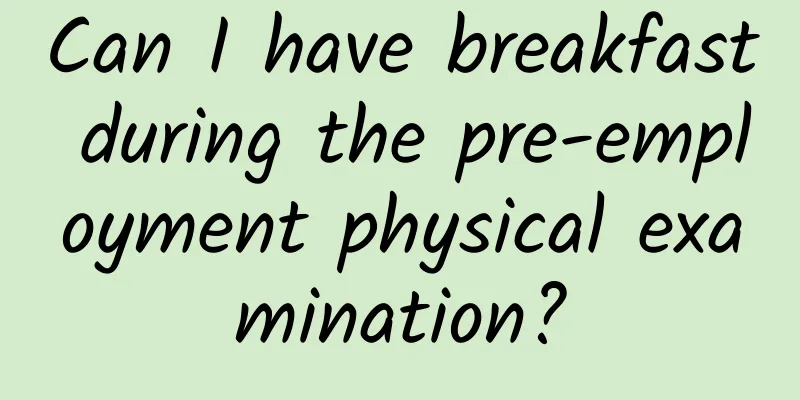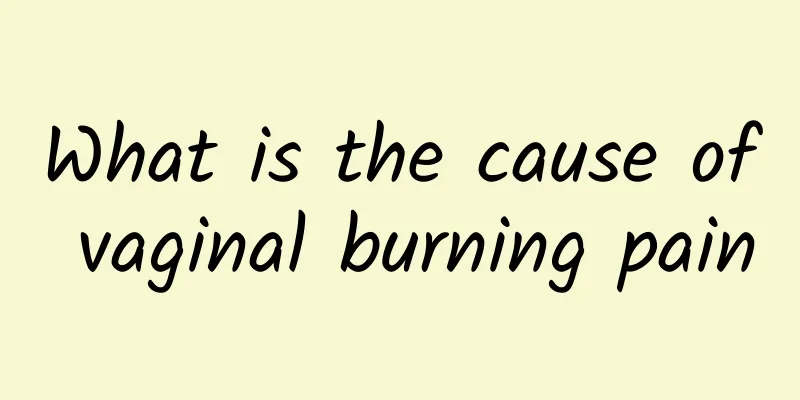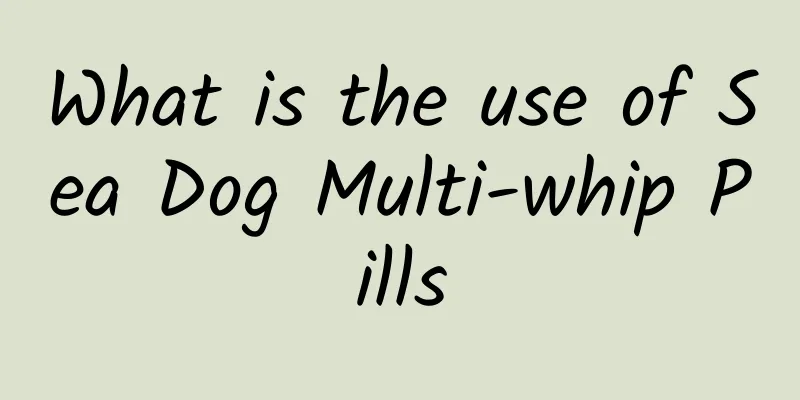Symptoms of seizures

|
When it comes to the name of convulsion, everyone must be relatively unfamiliar with it, but everyone is familiar with the common name of convulsion. Convulsion is actually cramp, which we often call convulsion, convulsion and twitch. There are many reasons that lead to convulsions. We divide the causes of convulsions into infectious and non-infectious types for analysis. So what are the symptoms of convulsions? We must actively prevent convulsions. Once a convulsion occurs, it will be very troublesome to treat. Of course, if we find any symptoms of convulsion, we should go to the hospital immediately to avoid worsening of the condition. Symptoms A few cases may have warning signs before a seizure. If you see any of the following clinical signs, you should be alert to the onset of convulsions: extreme irritability or occasional "startling", mental tension, frightened expression, sudden increase in muscle tension in the limbs, sudden rapid, stopped or irregular breathing, sudden rise in body temperature, drastic change in complexion, etc. Most seizures occur suddenly. The typical clinical manifestation of a convulsive seizure is a sudden loss of consciousness, accompanied by rapid onset of generalized or localized, tonic or clonic facial and limb muscle twitching, often accompanied by upward rolling of the eyes, staring or squinting. The most prominent local manifestations are twitching of the face (especially the eyelids and lips) and thumbs. The eyes often stare, straighten or turn upward, and the pupils are dilated. Spasms of muscles in different parts of the body can lead to different clinical manifestations: spasms of the throat muscles can cause foaming at the mouth, phlegm in the throat, and even suffocation; spasms of the respiratory muscles can cause breath holding, cyanosis, and lead to hypoxia; spasms of the bladder, rectal muscles, and abdominal muscles can cause incontinence; in addition, severe spasms can cause tongue bites, muscle and joint damage, and fall trauma. Each seizure lasts from a few seconds to a few minutes. Some children experience muscle weakness and drowsiness after an attack, and may even remain weak after waking up. Severe continuous convulsions or frequent convulsions without lucidity lasting for more than 30 minutes are called status convulsiveus, sometimes accompanied by temporary paralysis (Todd's palsy). Convulsions in the neonatal period are often atypical and may manifest as mild localized convulsions such as staring, eye deviation, eyelid twitching, facial muscle twitching, irregular breathing, etc. Due to its mild amplitude and atypical manifestation, it is often easily overlooked. Disease hazards Repeated or persistent seizures can cause irreversible damage to the brain, especially the developing brain of children, or other organs, leading to serious hypoxic brain damage and neurological sequelae such as mental retardation, developmental delay or even regression, and even life-threatening. Above we introduced what convulsion is. We know that convulsion is actually what we often call cramps. There are many causes of convulsions. We divide the causes of convulsions into infectious and non-infectious. The above also introduced the clinical manifestations of convulsions. After we understand the symptoms of convulsions, we must take appropriate treatment methods when we encounter the same symptoms. |
<<: Some symptoms of cervical erosion
>>: Symptoms of spastic cerebral palsy in children
Recommend
What is neurasthenia? It turns out that this is how it occurs.
Neurasthenia is a type of mental illness. It is a...
Can you feel ovulation?
Ovulation and menstruation are what women experie...
Can cervicitis cause lower back pain?
The uterus is a very complex and important organ, ...
Prevention and treatment of acute hemorrhagic anemia
In daily life, all kinds of accidents may happen ...
Grass ginseng pictures and effects
Grass ginseng is actually artificially grown wild...
What to do after an insect bite?
Mites can be found on human skin, in bedding, sof...
What is the medicinal value of Michelia
Michelia has many aliases, such as banana flower,...
TCM treatment of nystagmus
Many people have not heard of nystagmus. In fact,...
Is it okay for a six-month-old baby to fall to the ground?
When the baby is six months old, most of them can...
Chinese medicine for lung cancer
Lung cancer is a malignant tumor disease. After i...
Is steaming good for rheumatoid arthritis?
Rheumatoid arthritis is a nightmare for many midd...
How to care for atopic dermatitis? These precautions should be kept in mind
We encounter various diseases in life. Atopic der...
Heartburn chest pain eating
Heartburn is a symptom that everyone is familiar ...
What does cardia ca mean?
Many people don’t know what “cardia CA” means. In...
One-month-old baby has foamy stools
If a baby who has just turned one month old has f...









